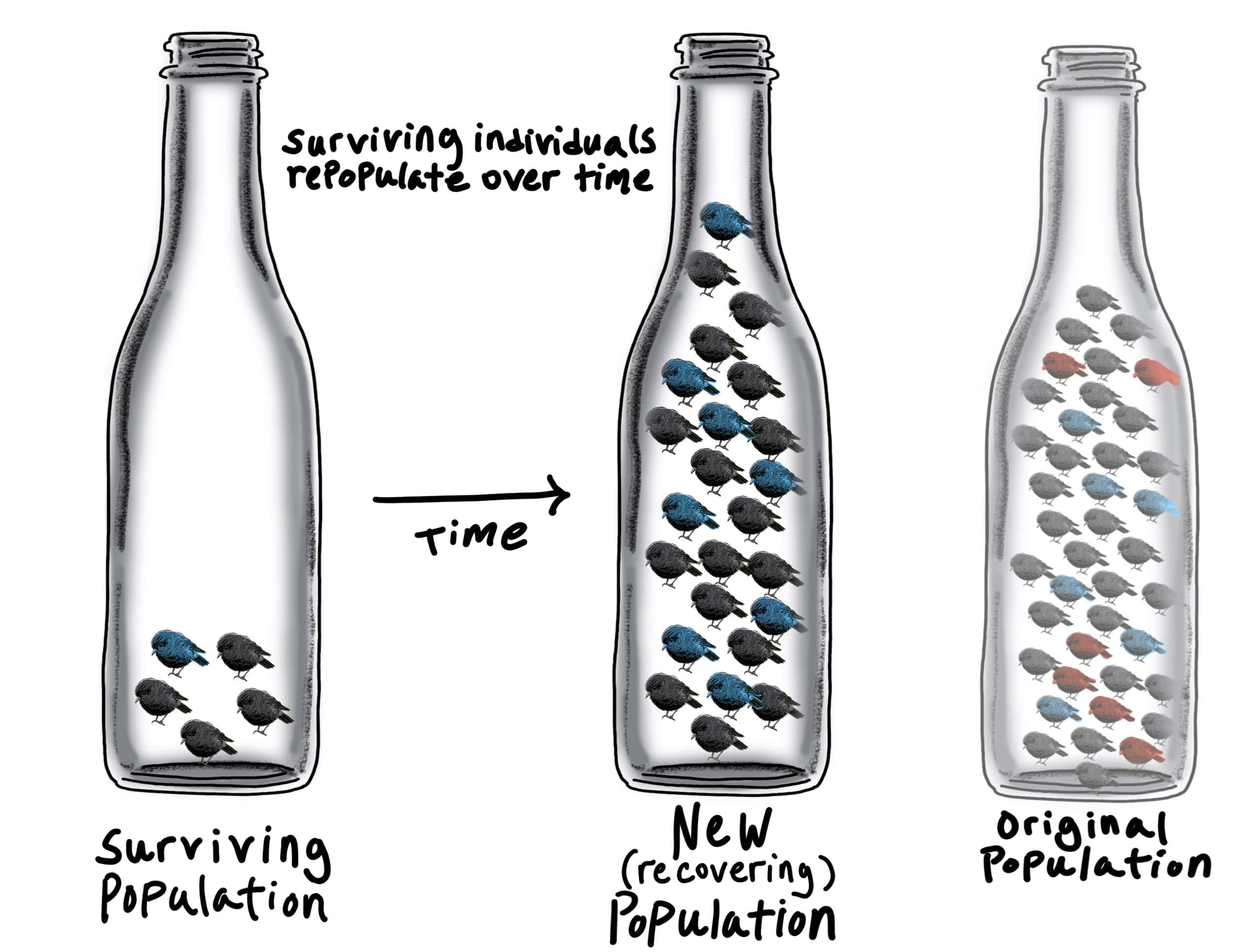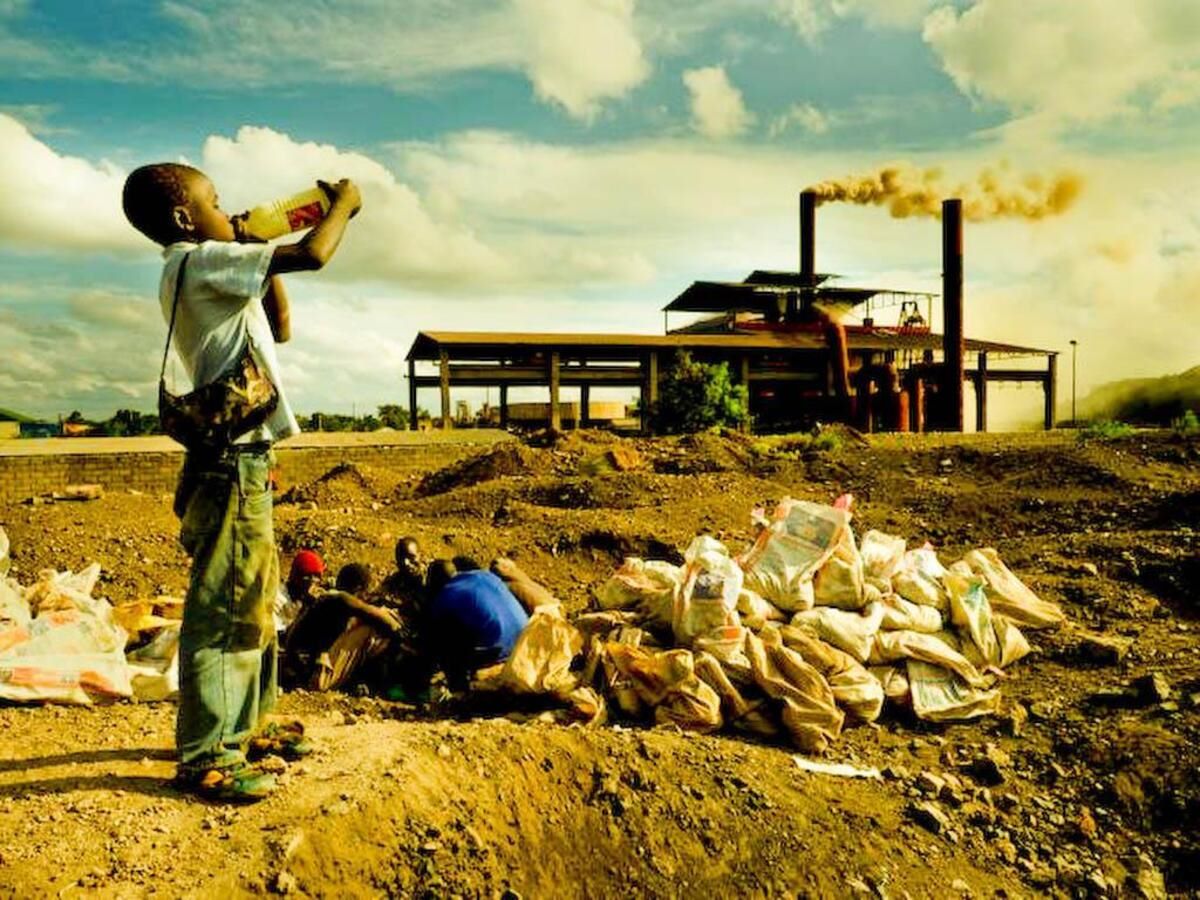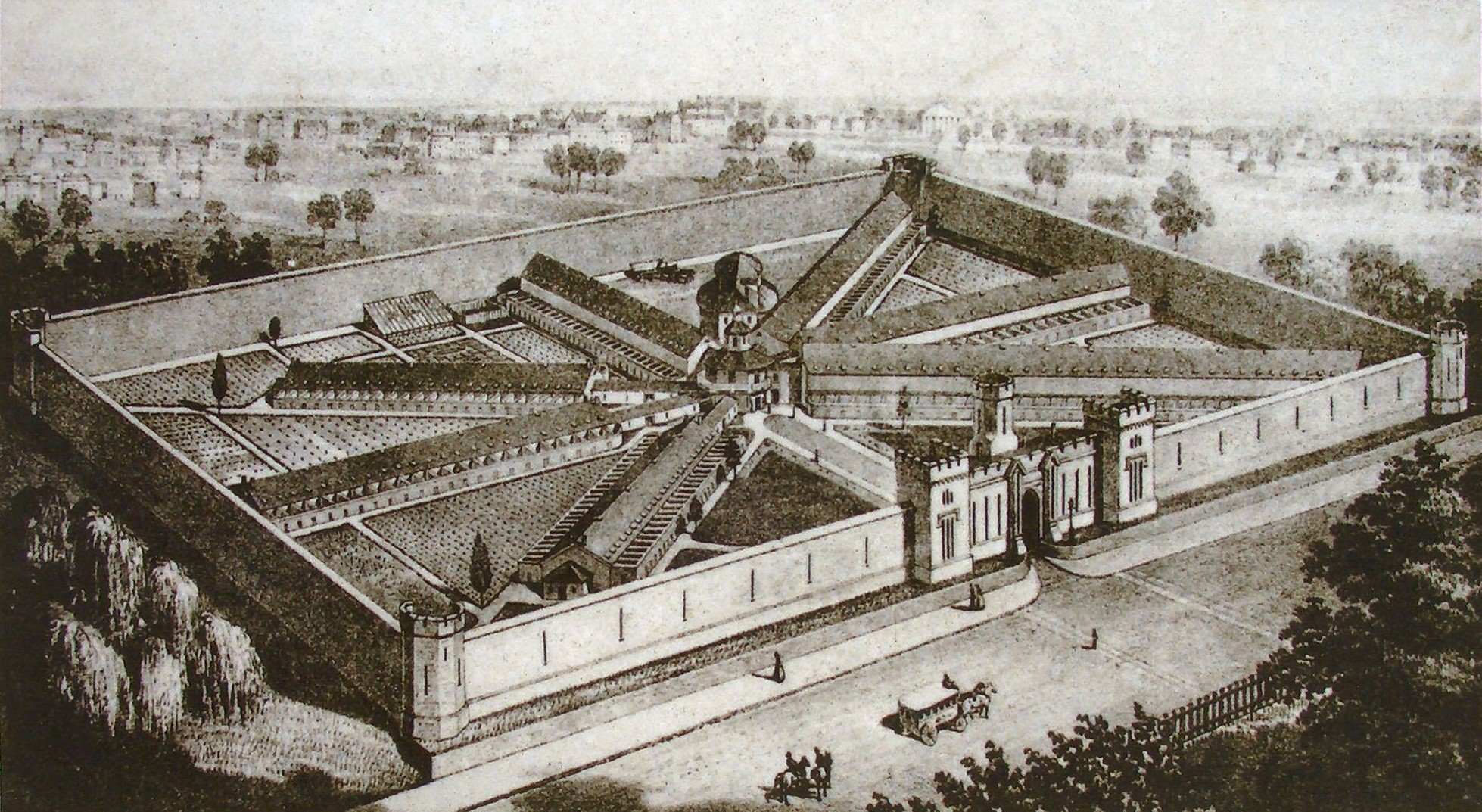
The term “population bottleneck” refers to a critical event in the history of a species where its population size is drastically reduced, often leading to a loss of genetic diversity. These bottlenecks can occur due to various factors, such as natural disasters, disease outbreaks, or human activities. The consequences of a population bottleneck can have far-reaching effects on the evolutionary trajectory of a species.
In this article, we will delve into 19 mind-blowing facts about population bottlenecks. From the historic events that shaped the course of human evolution to the extraordinary recovery stories of endangered species, we will explore the magnitude of impact that these events can have on the genetic makeup of a population. So, fasten your seatbelts as we embark on a journey through the fascinating world of population bottlenecks!
Key Takeaways:
- Population bottlenecks, like the Toba supervolcano eruption, can drastically reduce genetic diversity, making species more vulnerable to diseases and environmental changes.
- Endangered species with small populations are at risk of genetic bottlenecks, which can lead to inbreeding depression and difficulties with reproduction.
The population bottleneck is a phenomenon that drastically reduces the size of a population.
During a population bottleneck, the number of individuals in a population is reduced significantly, leading to a loss of genetic diversity. This can occur due to various factors such as natural disasters, disease outbreaks, or human activities.
The Toba supervolcano eruption caused one of the most severe population bottlenecks in human history.
Approximately 74,000 years ago, the eruption of the Toba supervolcano in present-day Indonesia resulted in a global cooling effect and a significant reduction in the human population. Some studies suggest that the human population dwindled down to only a few thousand individuals during this period.
Population bottlenecks can have long-lasting effects on genetic diversity.
When a population goes through a bottleneck, certain genetic variations may be lost. This can lead to reduced adaptability and increased susceptibility to diseases and other environmental challenges. Over time, the population may struggle to recover its genetic diversity, making it more vulnerable to future threats.
The cheetahs experienced a population bottleneck that impacted their genetic health.
Cheetahs went through a population bottleneck approximately 10,000 years ago, causing a significant decrease in genetic diversity. As a result, cheetahs today exhibit low levels of genetic variation, making them more susceptible to diseases and other issues that could endanger their survival.
The Hawaiian honeycreepers are a group of birds that have undergone a population bottleneck.
The Hawaiian honeycreepers once thrived in a diverse range of habitats throughout the Hawaiian Islands. However, habitat loss, introduced predators, and diseases caused a population bottleneck, leading to a decline in their numbers and the extinction of some honeycreeper species.
One of the consequences of population bottlenecks is inbreeding depression.
Inbreeding depression refers to the reduced vigor and reproductive success observed in individuals that come from closely related parents. As a result of reduced genetic diversity, individuals in a population bottleneck are more likely to mate with relatives, increasing the risk of genetic disorders and decreased fitness.
The genetic bottleneck in the Northern Elephant Seal population almost led to their extinction.
Northern Elephant Seals were hunted extensively for their blubber and were once on the brink of extinction. By the late 19th century, their population had been reduced to a few dozen individuals. Thanks to conservation efforts, the population has rebounded, but the genetic consequences of the bottleneck are still evident.
The Toba eruption might have caused a nuclear winter-like effect, contributing to the population bottleneck.
Some researchers suggest that the Toba supervolcano eruption may have triggered a nuclear winter-like scenario, with volcanic ash and gases blocking sunlight and causing a global temperature drop. This severe environmental change could have contributed to the population bottleneck observed in human ancestors.
Genetic bottlenecks can increase the risk of extinction for endangered species.
Endangered species often have small population sizes, which make them more susceptible to genetic bottlenecks. These bottlenecks further reduce their genetic diversity, making it challenging for the species to adapt to changing environments and increasing the likelihood of extinction.
The genetic bottleneck in the Cheetah population results in difficulties with reproduction.
Due to their low genetic diversity resulting from a population bottleneck, cheetahs often face challenges with reproduction. They experience higher rates of birth defects, male infertility, and reduced sperm quality, affecting their ability to maintain healthy populations.
Conclusion
In conclusion, population bottleneck is a fascinating phenomenon that has significant implications for the genetic diversity and long-term survival of species. The concept of population bottleneck helps us understand how catastrophic events or human activities can greatly reduce the number of individuals in a population, leading to a loss of genetic variation.
Through the examples and facts discussed in this article, we have seen how population bottlenecks can occur in various circumstances, such as natural disasters, habitat destruction, or human-induced population declines. We have also learned about the potential consequences of population bottlenecks, including increased susceptibility to diseases, reduced adaptability, and the loss of unique genetic traits.
It is essential to study and raise awareness about population bottlenecks to better comprehend the fragility of our ecosystems and to develop effective conservation strategies. By understanding the challenges associated with genetic diversity and population size, we can work towards preserving species and promoting their long-term survival.
FAQs
Q: What is population bottleneck?
A: Population bottleneck refers to a sharp reduction in the size of a population due to a catastrophic event or extreme environmental conditions, resulting in a significant loss of genetic diversity.
Q: What are the causes of population bottlenecks?
A: Population bottlenecks can occur as a result of natural disasters, such as earthquakes or floods, habitat destruction, overhunting, or disease outbreaks. Human activities, such as deforestation and pollution, can also contribute to population bottlenecks.
Q: How does population bottleneck affect genetic diversity?
A: Population bottlenecks lead to a reduction in the number of individuals, which, in turn, reduces the available genetic variation within a population. This can increase the chances of genetic disorders, decrease the ability to adapt to changes in the environment, and result in the loss of unique genetic traits.
Q: Can a population recover from a bottleneck?
A: In some cases, populations can recover from a bottleneck if the conditions improve and allow for rapid reproduction and expansion. However, the recovery process can take a long time, and the loss of genetic diversity may have long-lasting effects.
Q: How can we mitigate the impact of population bottlenecks?
A: To mitigate the impact of population bottlenecks, conservation efforts should focus on preserving habitat, reducing human-caused threats, implementing genetic rescue techniques such as translocations, and promoting genetic diversity through captive breeding programs.
Unraveling population bottlenecks is just the beginning of your journey into evolutionary wonders. Dive deeper into the fascinating world of natural selection, where survival of the fittest shapes species over time. Explore the intriguing concept of genetic drift, a random process that alters allele frequencies within populations. Don't forget to learn about the plight of endangered species, as their struggles shed light on the delicate balance of ecosystems and the importance of conservation efforts.
Was this page helpful?
Our commitment to delivering trustworthy and engaging content is at the heart of what we do. Each fact on our site is contributed by real users like you, bringing a wealth of diverse insights and information. To ensure the highest standards of accuracy and reliability, our dedicated editors meticulously review each submission. This process guarantees that the facts we share are not only fascinating but also credible. Trust in our commitment to quality and authenticity as you explore and learn with us.


